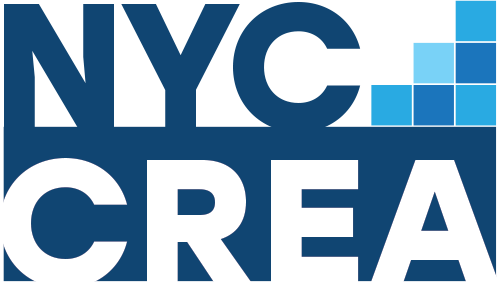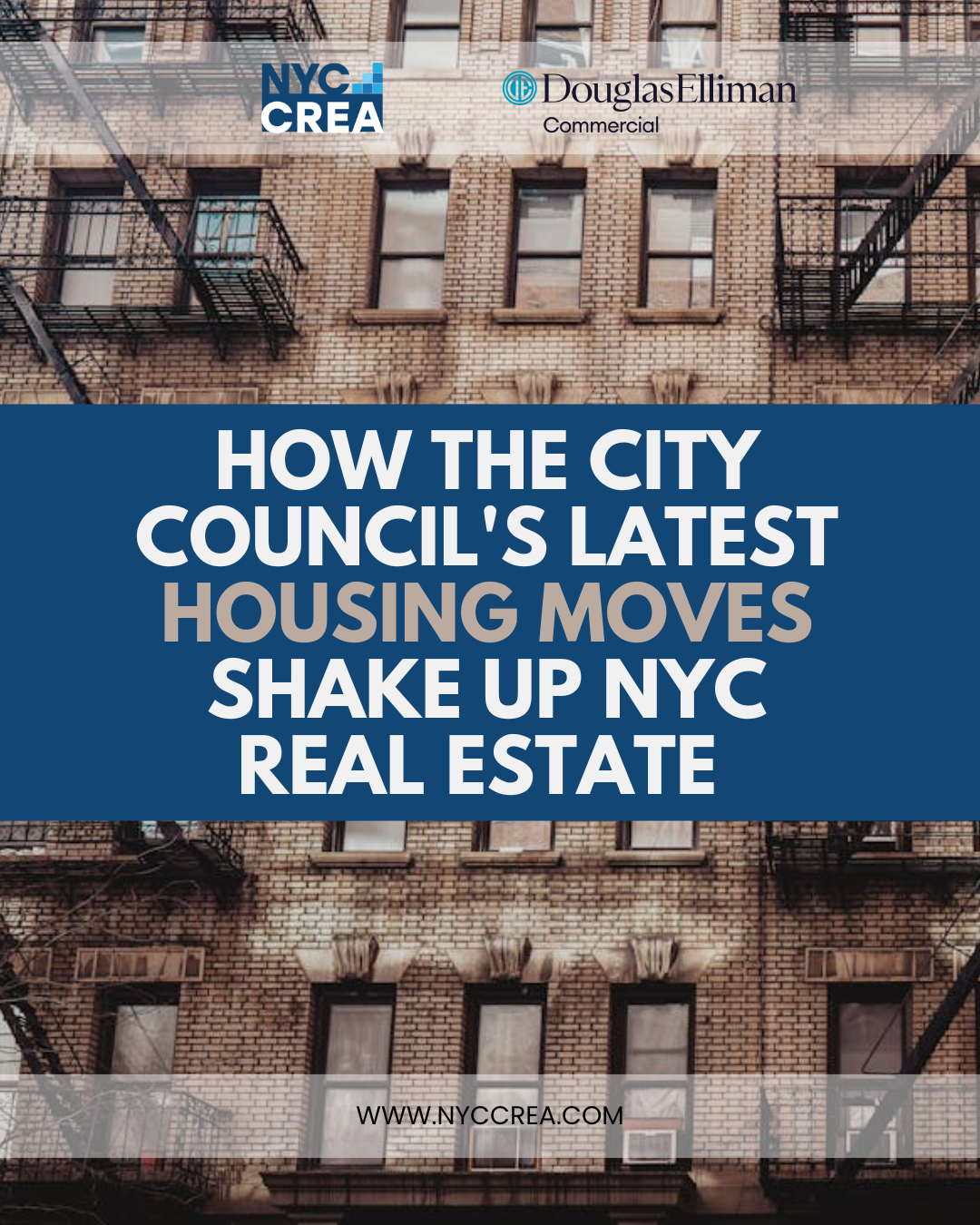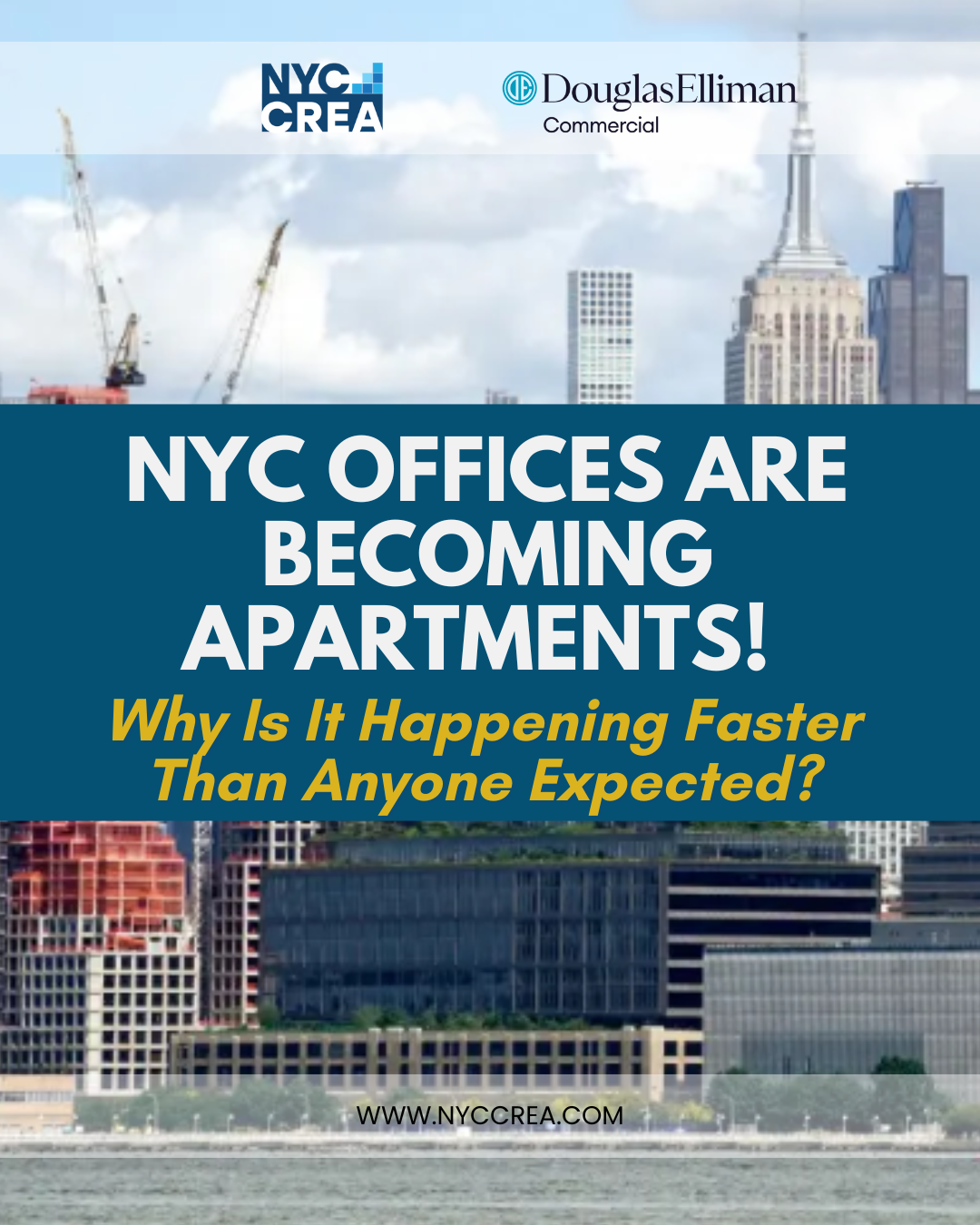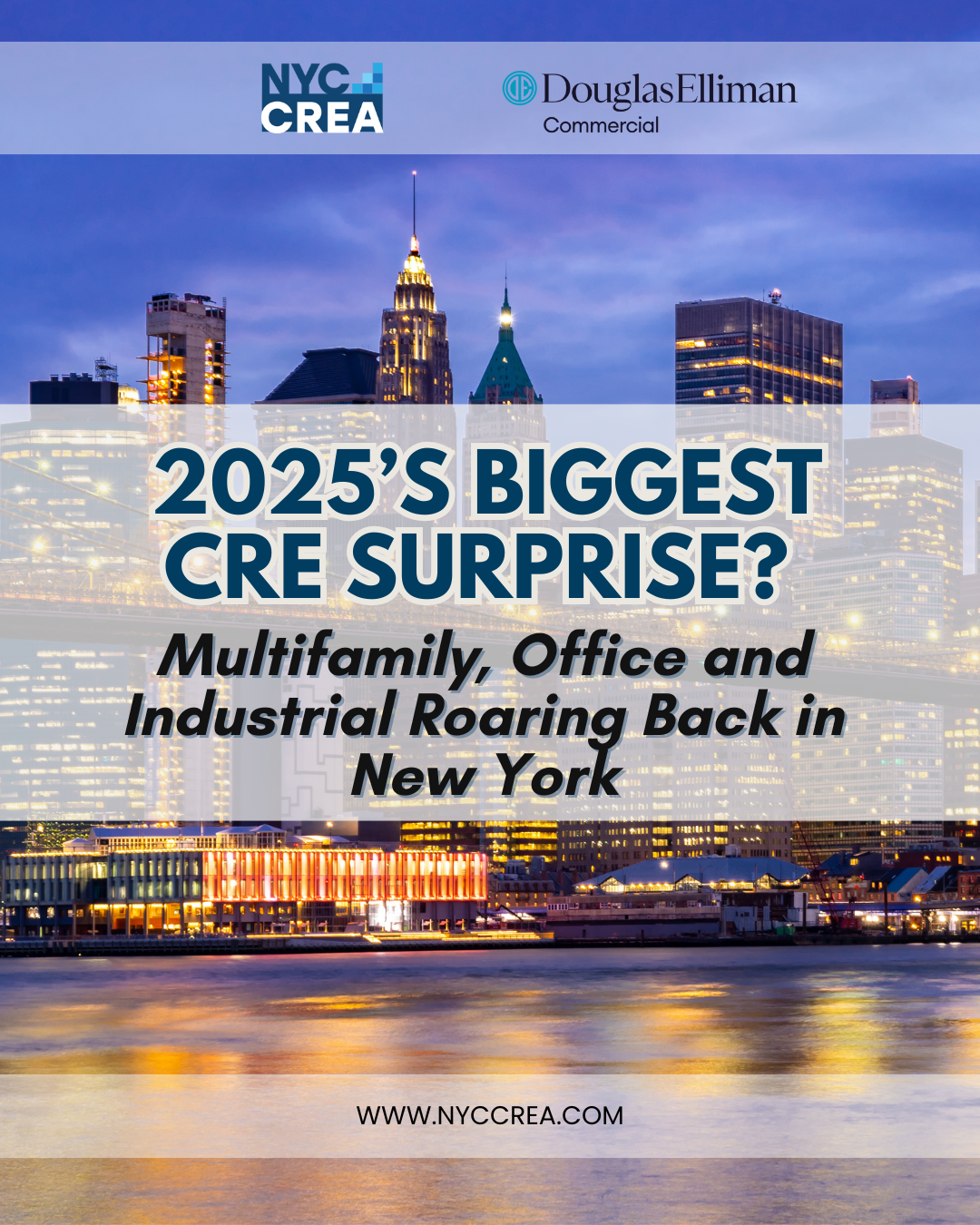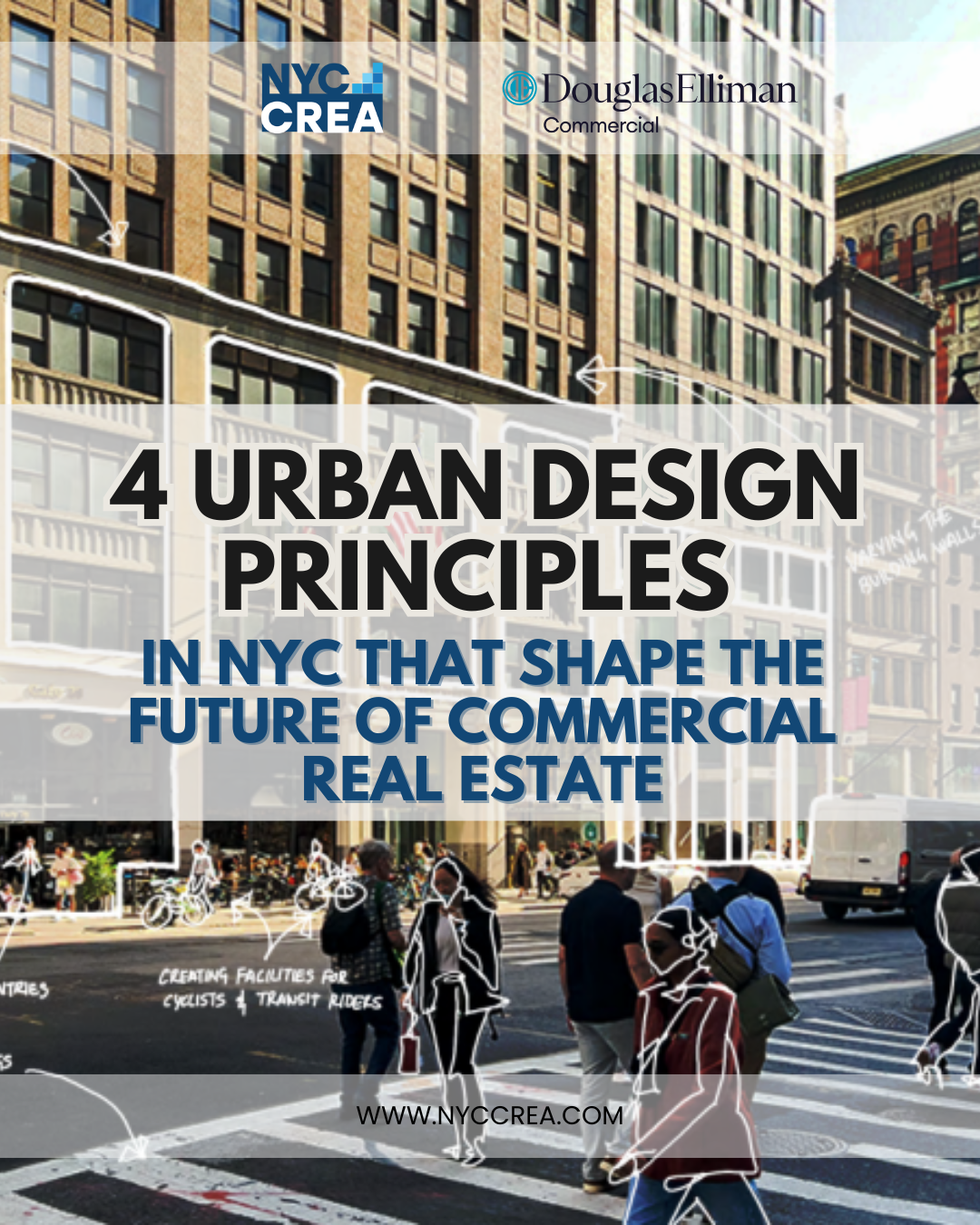April 9, 2025
- The Northern and Central New Jersey (NNJ/CNJ) drove leasing activity, accounting for 70% of the region’s total, led by resilient third-party logistics and Class A space demand.
- Asking rents rose steadily, with a 5.4% year-over-year increase, reaching an average of $14.49 per sq. ft. across the Northeast.
- Leasing volume declined sharply, down 38% from Q3 2024 and 30% from Q4 2023, amid economic pressures and rising vacancies.
Marking a cautious pace for 2025, the Northeast U.S. Industrial & Logistics (I&L) sector closed out 2024 on a mixed note, showing resilience in rent growth despite clear signs of a market slowdown. In the fourth quarter, leasing activity dropped significantly, marking the sharpest quarterly decline in recent memory. Yet, amid the regional softness, the New York metro and its neighboring New Jersey markets maintained a level of stability thanks to continued demand from third-party logistics (3PL) and key retail tenants.
New York’s industrial market remains a linchpin in the regional logistics network, but it’s not immune to macroeconomic headwinds. High interest rates, cautious corporate spending, and a steady stream of new supply continue to weigh on the market. As 2025 plows through, stakeholders are navigating this dual narrative of decelerating activity and selective strength, especially in well-located assets.

Northern and Central New Jersey’s robust leasing activity, representing 70% of the region’s total, contributed significantly to the healthy 10.5 million sq. ft. leased in Q4 2024.
Demand: Strongholds in a Slowing Environment
Leasing activity in Q4 2024 reached 10.5 million sq. ft., a notable 38% dip from the previous quarter. Despite the overall slowdown, the NNJ/CNJ areas emerged as dominant players, accounting for 70% of total regional activity. This strength was primarily driven by persistent Asian 3PL demand, which has remained a backbone for port-proximate warehousing needs.
In terms of industry share, 3PL surpassed Retail/Wholesale for the top spot in Q4, making up 29% of new leases. The retail/wholesale segment followed closely at 28%, buoyed by significant deals from Five Below and Primark. While new leasing saw a dip, renewal activity held steady at 8.0 million sq. ft., suggesting that core tenants are opting to maintain their footprint amid uncertainty.
Supply: Deliveries Rise, But Start Slow
Pre-leasing data reflects encouraging momentum in New York City’s industrial market. NYC leads the region with a strong 61.9% pre-leased rate on 3.25 million sq. ft. under construction—by far the most robust performance in the Northeast. This strong activity signals healthy tenant demand and confidence in NYC’s strategic logistics locations. Meanwhile, Northern and Central New Jersey continue to attract interest with substantial development pipelines of 5.61 MSF and 3.86 MSF, respectively. Although pre-leasing rates are currently at 32.9% in Northern NJ and 4.2% in Central NJ, the volume of new supply positions these markets well to capture future leasing as demand resurfaces.
Quarterly completions stood at 9.0 million sq. ft., with 6.8 million sq. ft. delivered vacant—contributing to the region’s vacancy rate ticking up to 7.0%. While this marks the 11th consecutive quarter of vacancy expansion, the Class A vacancy rate remained flat at 16.0%, hinting that a peak may be near. New York, though less impacted than inland secondary markets, is still feeling the ripple effects of oversupply in certain pockets.
Construction activity in the region mirrored broader caution in the market. New construction starts fell to 5.6 million sq. ft., a 20% quarter-over-quarter decline and part of a broader 13% annual decrease. This tapering trend underscores developers’ growing reluctance to launch new projects without strong pre-leasing commitments.

Rent Trends: Growth Persists but Becomes Fragmented
New York City continues to stand out in the Northeast industrial market with the lowest vacancy rate at 5.4% and zero new deliveries in Q4 2024, highlighting its tight supply and consistent demand. Its strength is further reflected in its average asking rent of $27.70 per sq. ft., the highest in the region, and an even stronger Class A rent of $34.34, signaling a premium for quality space.
The region’s average asking rent continued its upward climb, increasing 1.9% from Q3 and 5.4% year-over-year to $14.49 per sq. ft. While this steady growth is encouraging, it’s increasingly driven by high-performing submarkets and trophy assets. Weaker properties or those with prolonged vacancies are seeing landlords compromise on base rents to attract tenants.
The burn-off of long-term vacancies and sublease inventory is a positive sign. As these spaces are absorbed, landlords may regain pricing power, setting the stage for more uniform rent appreciation across the board.

2025 Outlook: Stabilization Ahead Amid Selective Strength
Looking ahead, the Northeast’s I&L market—especially in key hubs like New York and NNJ/CNJ—is poised for a period of stabilization rather than a sharp rebound. The decline in new construction starts could ease future vacancy pressure, while steady rental growth and continued 3PL demand provide a solid floor.
However, the bifurcation between premium and commodity space is expected to deepen. Landlords with well-located assets in supply-constrained areas may see more aggressive rent growth, while those with older, underutilized buildings may need to continue offering concessions. In 2025, success will depend on location, asset quality, and adaptability to tenant needs in a cautious but opportunity-filled market.
For more professional advice on commercial real estate in New York City, visit us at www.nyccrea.com
Reference:
Northeast US Industrial & Logistics | Q4 2024 Report, CBRE
